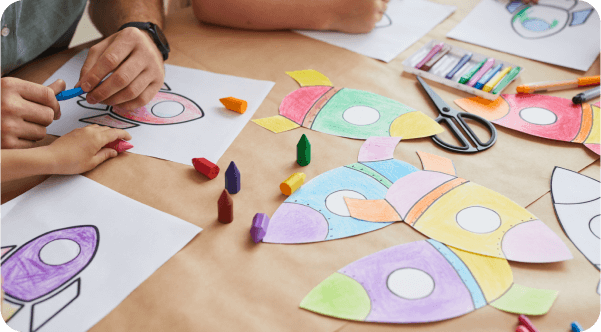Measuring the Effect of the Arts on Academic Achievement in Disadvantaged Populations


Prepared by:
Robert A. Southworth, Jr., Ed.D. President, The SchoolWorks Lab, Inc.
Martin Gardiner, Ph.D., Center for Cognitive Development, Brown University
Nan Westervelt, B.A.,President, Westervelt Consulting, Rochester, NY
The purpose of this research is to measure the effect of arts integration on student achievement in Rochester, NY through a rigorous research design. The ninth poorest urban district in the United States, Rochester City School District (RCSD) has won two federal Arts in Education Model Demonstration and Dissemination (AEMDD) grants and this evaluation report covers four years of the second grant (2011-2014). The evaluation of the Rochester Arts Impact Study Enhancement (RAISE) is a true randomized experimental design and involves 16,630 K-6 students over four years.
Project RAISE is an Arts Integration model that integrates the arts into Common Core curricula of the treatment group: 11 K-6 elementary schools. The RAISE Model fits most closely to an “elaborated residency” (Ingram, 2003) that “builds capacity” of teachers and students to use arts integration strategies in English and Math. Besides experiencing the formal model of arts integration in core subjects, teachers and students in all schools had additional arts experiences that enriched content and connected students to cultural arts institutions.
Quantitative: This study collected approximately 1.2 million quantitative data points: 4,500 students/year, four years of data, across 11 treatment schools, 28 control schools, and 6 standardized assessments: New York State English Language Arts, Math, Science and Social Studies, CTB Terra Nova, North West Evaluation Association, and Hi/Scope Child Observation Record.
Qualitative: This study collected thousands of qualitative data points to measure the acquisition of integration skills: School Visits by researchers—approximately 10 schools twice a year, 80 in four years; Classroom observations—30 per year; 120 over four years; for most observations there were two district arts administrators and two researchers present; Interviews with teachers and students conducted after or during the observations; Interviews—approximately 100/year with students, teachers, school administrators and district level personnel; Teacher surveys—approximately 300/year 1200 total; treatment and control teachers—hundreds of arts assessment rubrics.
Results: This rigorous experimental research design shows that Rochester’s RAISE Model succeeded in integrating arts strategies through elaborated residencies that built the capacity of regular teachers and students to increase student achievement in disadvantaged populations. The evidence of this model’s arts integration effectiveness can be seen qualitatively during the residencies, observations, interviews and teacher surveys and quantitatively in the Common Core New York State testing.
Effect Size: The average effect size in year 3, 2013, of the four year study, 2011-2014 was 41.4% more students receiving arts integration passed the ELA Test, and 38.0% more students passed the Mathematics Test. This exactly replicates the 0.40% average for meta-analyses of the effect of integrating curricula (Hattie, 2009, p. 298). This research found that it is possible to develop significant arts integration with disadvantaged urban populations through “mental stretching” (Gardiner, 2000, p. 72). The arts skills are not so much transferred as they are over-lapped—in a deliberate effort to improve performance. The active acquisition of arts skills overlaps the needed subject skills such as elaboration and oral production and the student’s brain handles this integration through mental stretching.